Sweating after a hair transplant: how to preserve your grafts
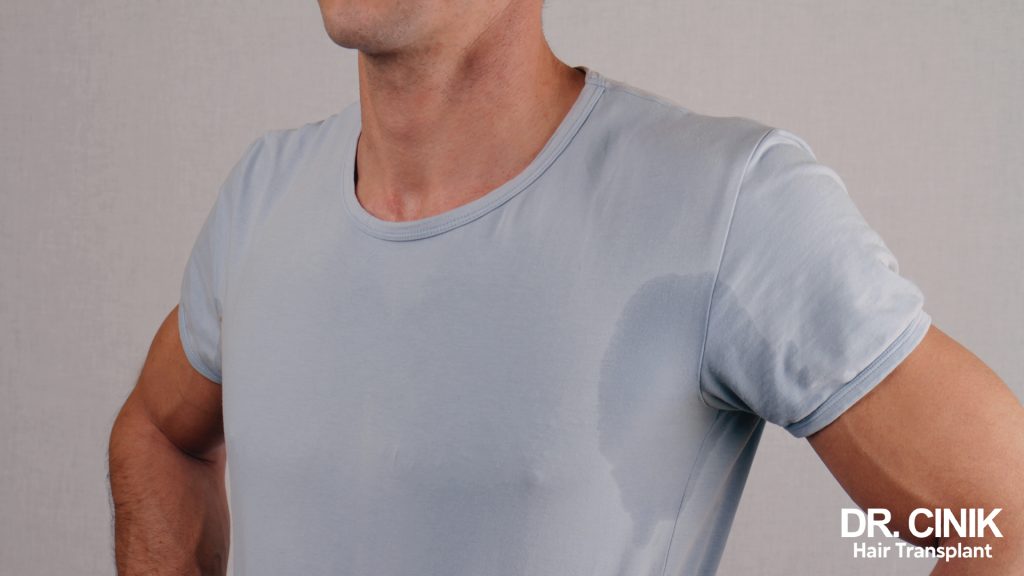
Sommaire
When choosing to opt for a hair transplant, it’s essential to understand the healing process and post-operative care required to ensure the procedure’s success. Sweating is one of the often overlooked but crucial aspects to consider. Proper perspiration management can be key in preserving newly implanted hair grafts. Discover best practices and tips for minimising the effects of sweat after a hair transplant to maximise aesthetic results and new hair growth.
Why should you avoid sweating as much as possible after a hair transplant?
For several reasons, avoiding sweating as much as possible after a hair transplant is essential. Firstly, newly implanted follicles are susceptible to disturbance or stress. Sweat, composed of proteins and minerals, creates an environment conducive to bacterial proliferation. These bacteria can easily colonise fragile follicles, compromising their integrity and potentially leading to complications such as infection.

In addition, sweat can interfere with the healing process. Grafted follicles require an optimal environment to develop and root properly. The constant presence of perspiration can disrupt this process by introducing irritants and compromising the blood circulation necessary for effective healing. As a result, it can prolong recovery time and increase the risk of complications.
Finally, excessive perspiration can lead to dehydration of the scalp. A dehydrated scalp is less conducive to hair growth, compromising grafting results. Adequate hydration is essential to maintain follicle health and promote robust, long-lasting hair growth.
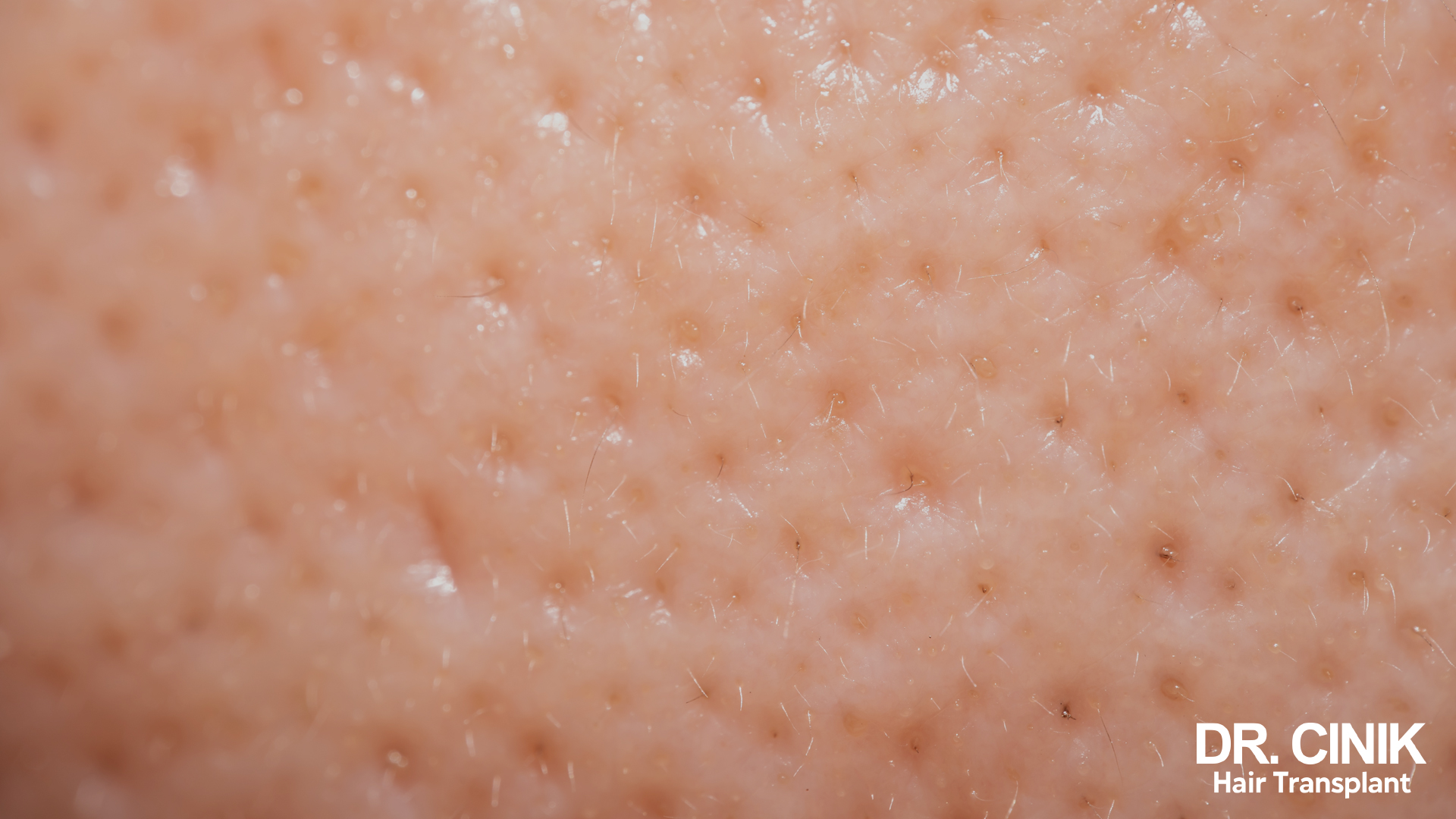
How to avoid sweating after a hair transplant
To minimise the adverse effects of sweating after a hair transplant, patients are advised to follow the post-operative instructions provided by their hair surgeon scrupulously. This may include avoiding activities that lead to excessive sweating and using specific products recommended to keep the scalp clean and moisturised without compromising the grafts.
Don’t play sports
- Avoid any sport or strenuous exercise for the first 5 days after the transplant to prevent any risk of graft dislodgement or infection.
- Between days 6 and 20, very light physical activity is permitted.
- You can gradually resume light physical activity from 3 weeks to 2 months post-transplant.
- After two months, lightweight training can be carried out with caution.
- It is advisable to avoid contact sports, extreme sports or any activity that could exert pressure on the skull for at least 4 to 6 months.
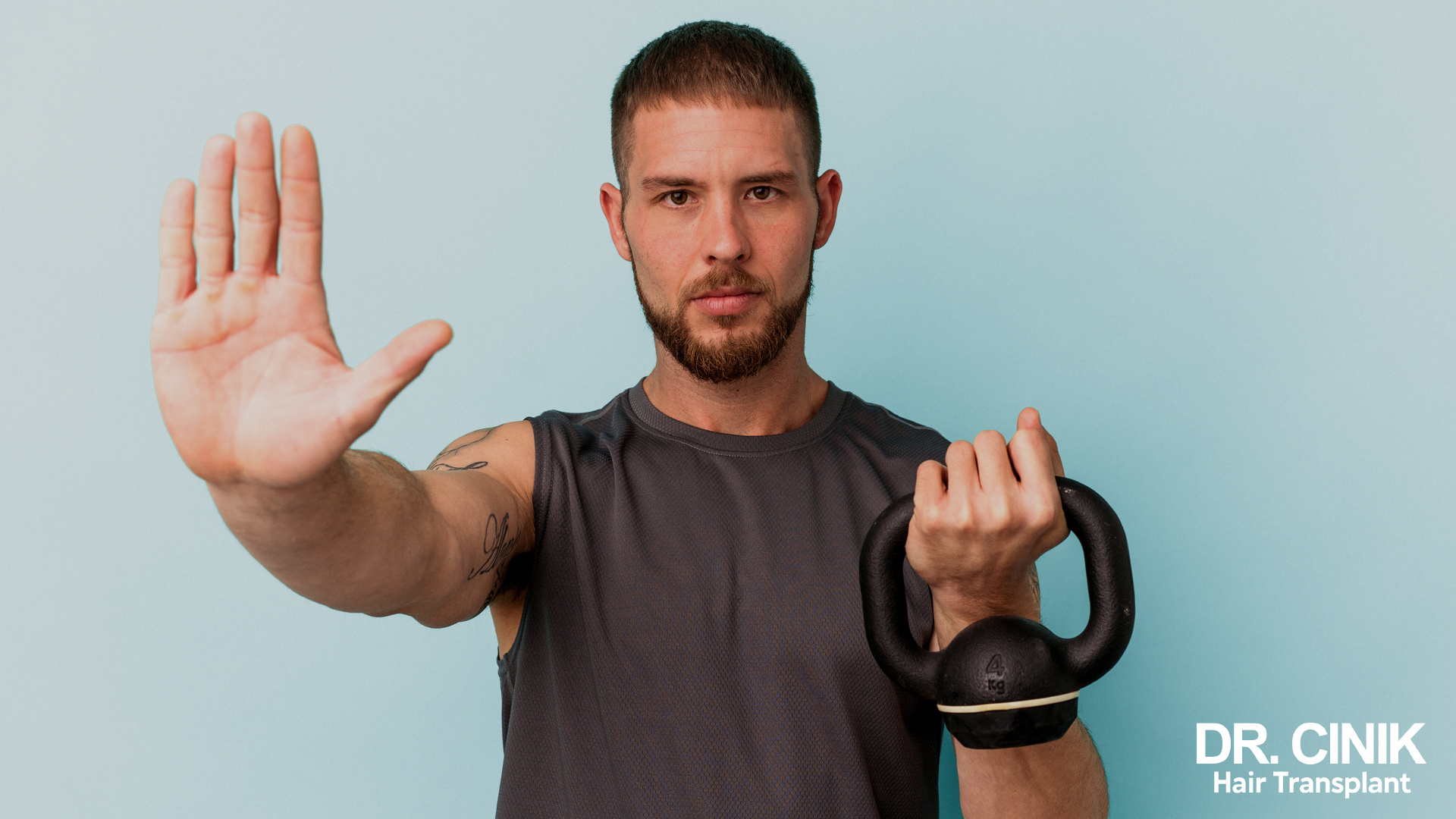
Don’t have sex
- Abstain from sexual intercourse and masturbation for the first 10 days post-transplant to avoid vasodilation that could affect the grafts.
- After this period, gentle sexual activity is possible, taking precautions not to impact the grafted area.
- Normal resumption of sexual activity is usually possible after 3 weeks, provided healing is good.
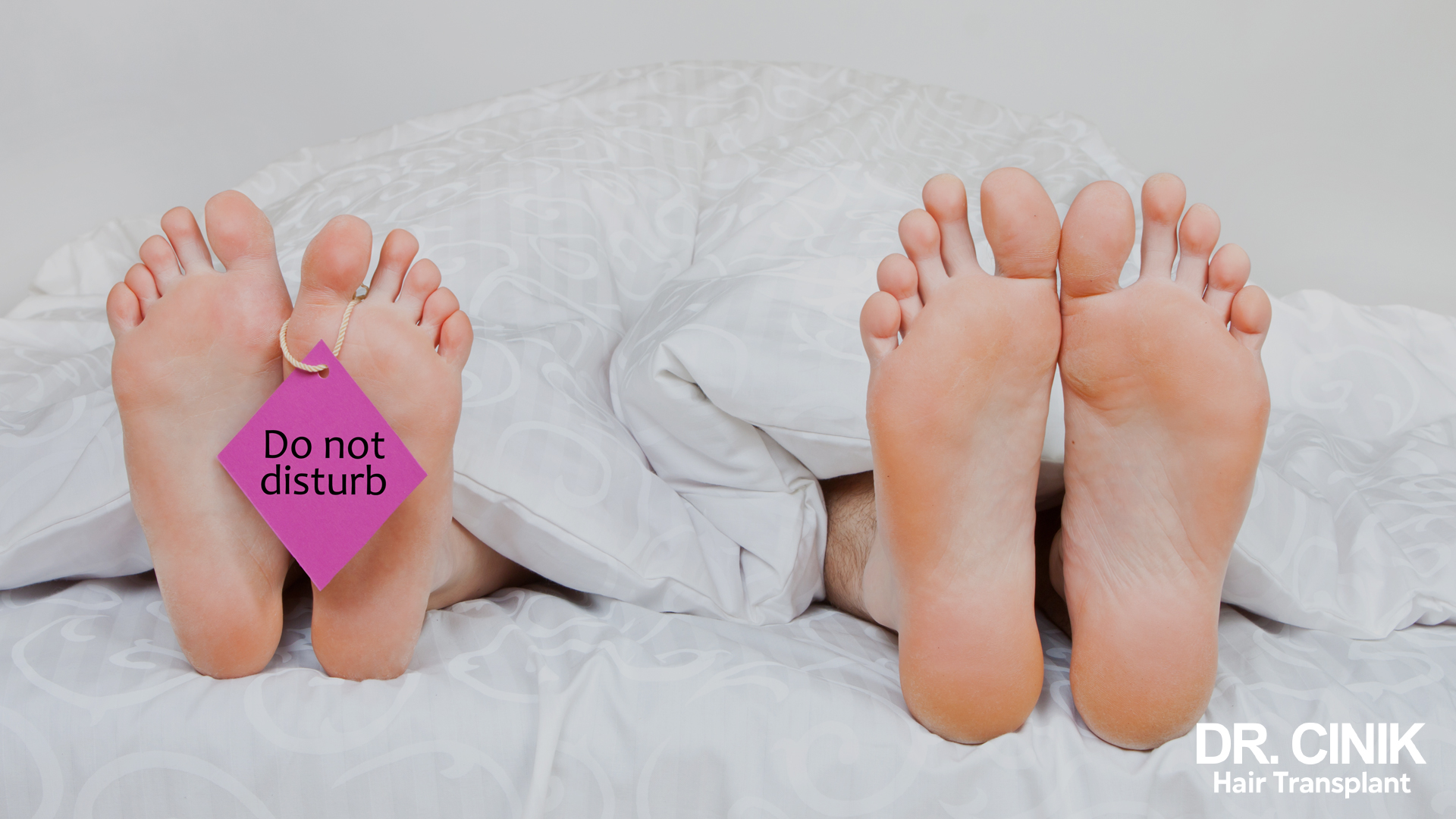
Wear a wide hat that doesn’t touch your scalp when going out
- When going out, we recommend wearing a wide hat that doesn’t directly touch your scalp to protect it from the sun and external elements.
- Opt for a fishing hat or wide bob rather than a tight-fitting cap or bonnet to avoid any pressure on the grafted areas.
- Take protective measures such as moisturizing and avoiding direct exposure to the sun to promote optimal healing.
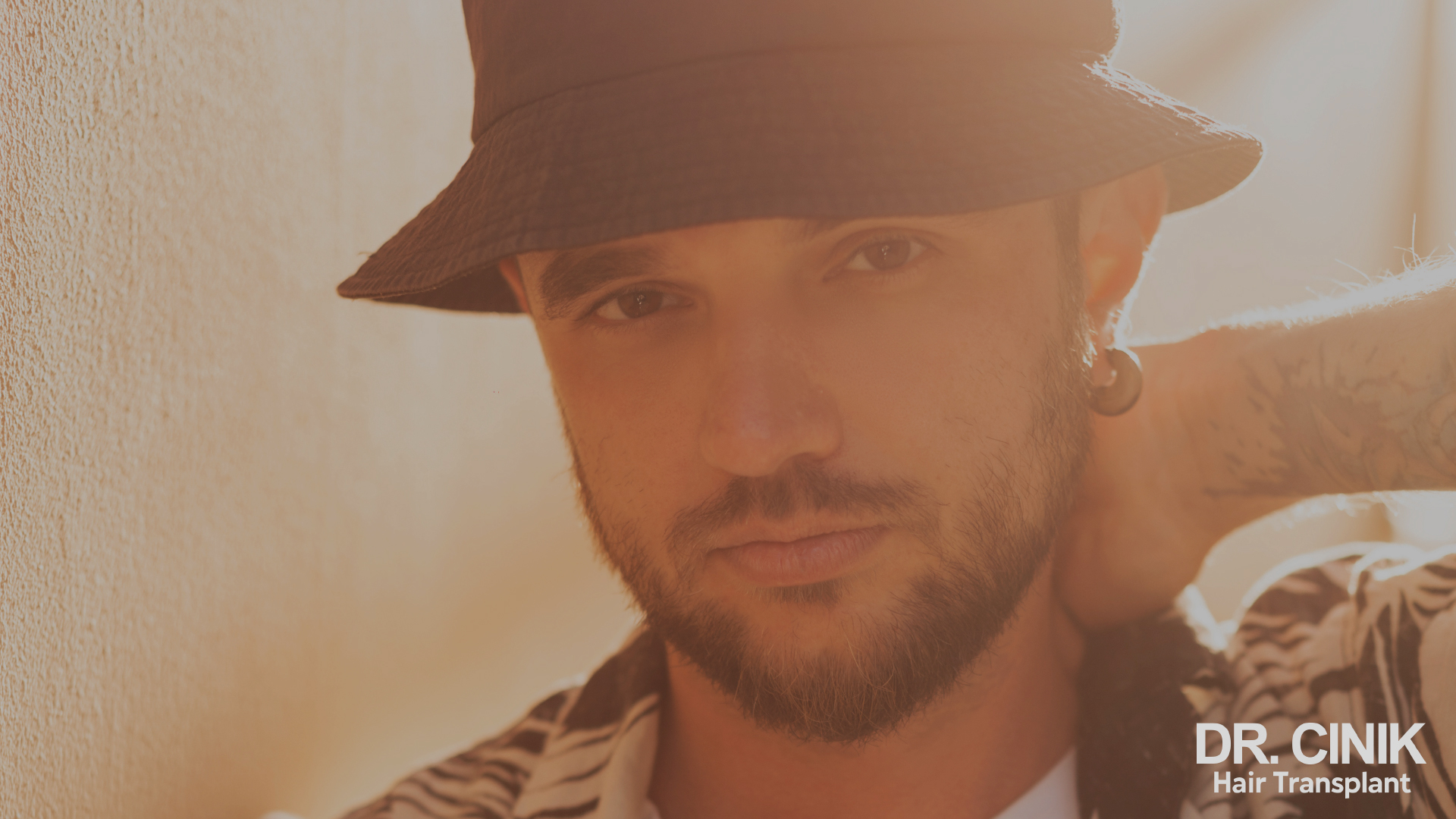
What to do if I sweat
If you sweat, especially in the days following a hair transplant, it’s essential to manage this carefully to avoid infection and not disturb the grafts. Here are the steps to follow:
- Take a sterile compress or a clean, soft cloth.
- Very gently pat the scalp with the compress to absorb sweat. Do not rub; this may displace the grafts or irritate the skin.
- Avoid using your hands directly on the scalp, as they may carry bacteria that can cause infection.
- Change the sterile compress if it becomes too damp, and continue until all perspiration has been absorbed.
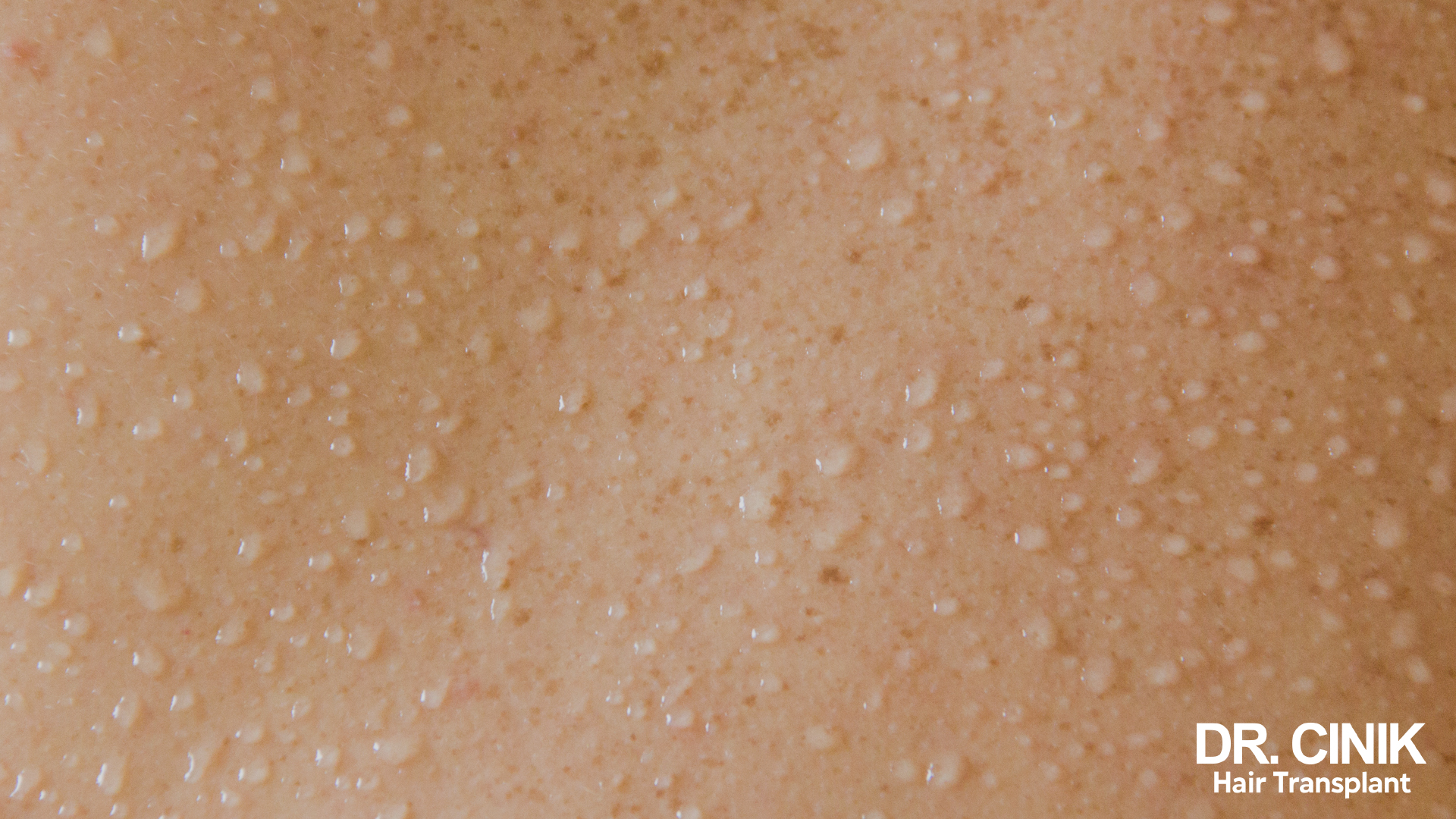
It’s also advisable to stay in a cool, airy environment to minimise sweating and, if you’re in the middle of exercise, slow down or stop activity to allow your body to cool down. In the event of excessive sweating or any specific concerns, don’t hesitate to consult your surgeon for advice tailored to your situation.
When can I resume a normal life?
Resuming an everyday life after a hair transplant depends on a number of factors, including the speed of healing and your surgeon’s specific instructions. Here’s a general guideline:
- 10 days after transplant: Your grafts should be sufficiently healed to withstand normal daily activities. However, you should always avoid activities that could lead to excessive sweating or pressure on the scalp.
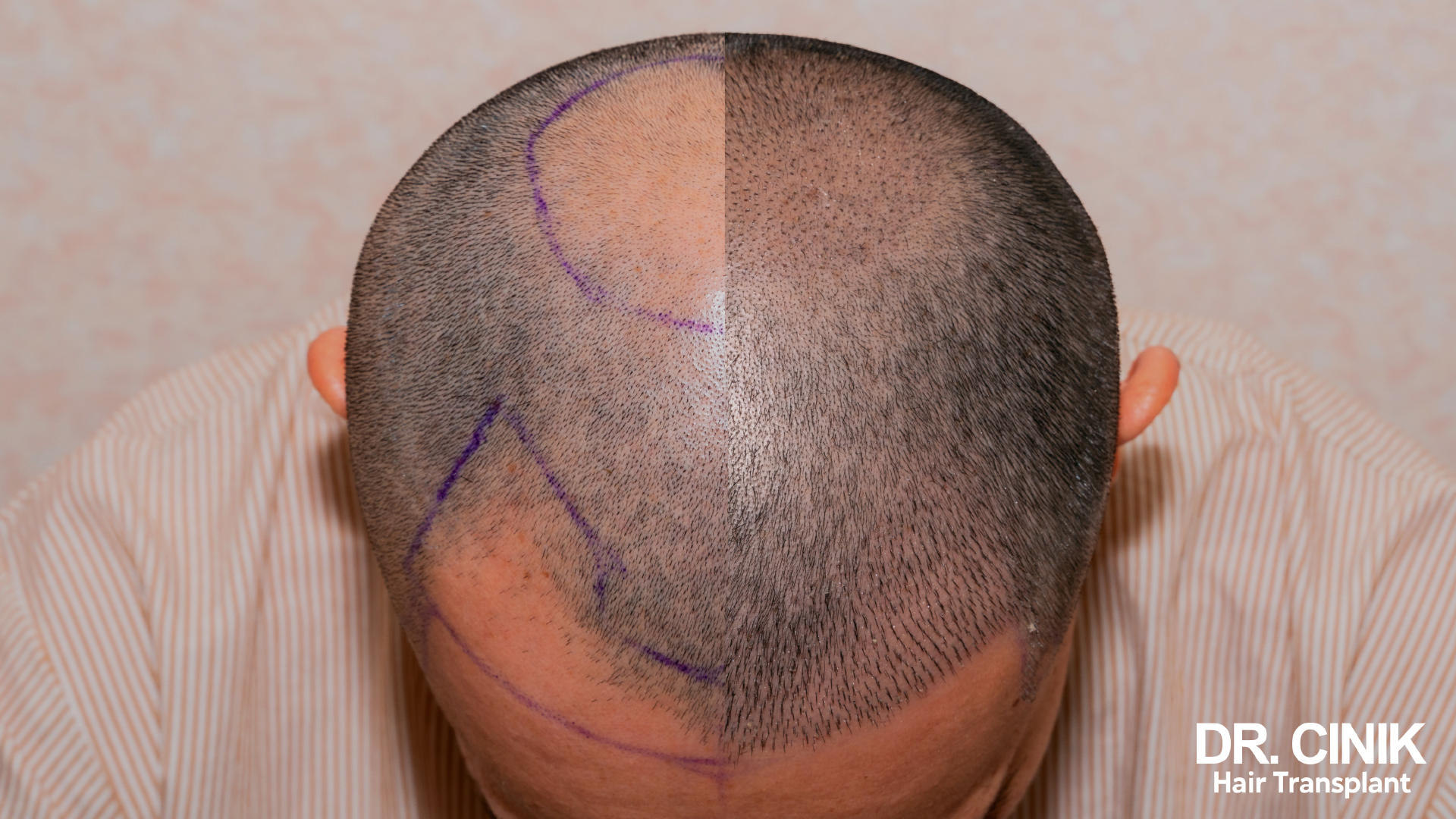
- 3 weeks after grafting: You may be able to resume more strenuous activities, such as more vigorous exercise, provided the healing process is going well.
- 2 months post-transplant: You can generally begin to incorporate even more strenuous exercise, such as lightweight training, taking care to listen to your body and not to force yourself on the grafted area.
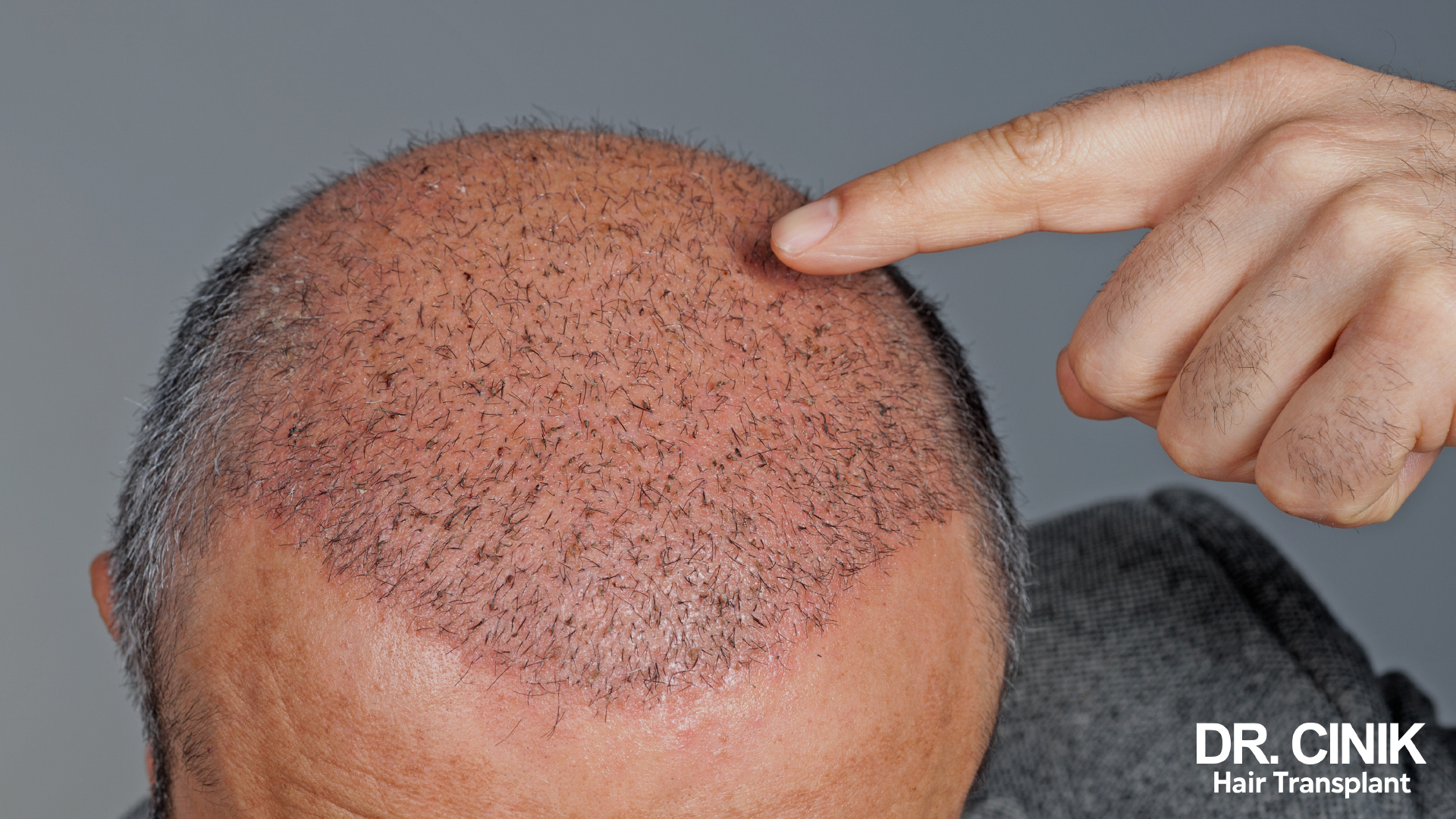
- 4 to 6 months post-transplant: It’s often advisable to wait until this time before resuming contact sports, extreme sports or any activity involving significant pressure on the skull.
Remember that these recommendations may vary depending on the individual and the grafting techniques used. It’s crucial to follow your surgeon’s personalised advice and not hesitate to contact him or her with any questions or uncertainties about certain activities. Caution and medical follow-up are essential for a full and successful recovery.



